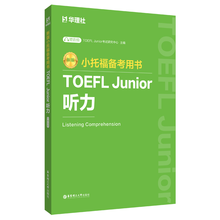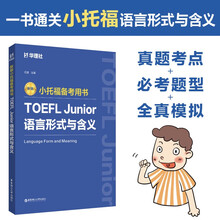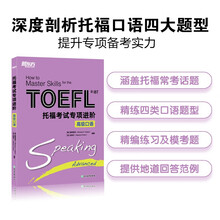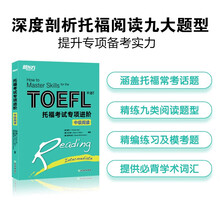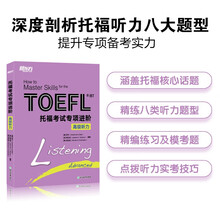29.What is the discussion mainly about?<br> (A) Different policies for protecting the tiger.<br> (B) Traditional Chinese medicine and its uses.<br> (C) Ways to prevent illegal poaching of tigers.<br> (D) The effects of allowing the trade of tigers in China.<br> 30 How does the professor introduce the proposal to lift the ban on Chinas domestic tiger trade?<br> (A) By briefly tracing the history of the issue.<br> (B) By showing the advantages and disadvantages of the ban.<br> (C) By explaining why tigers are an endangered species.<br> (D) By giving examples of the uses of tiger bones as medicine.<br> 31. Which of the following has helped protect the tiger from extinction?<br> (A) Chinas ban on the domestic trade of tigers.<br> (B) Chinas policy of only selling tigers that die naturally.<br> (C) The practice of traditional Chinese medicine.<br> (D) The increase in demand for alternative medicines.<br> 32. According to the professor, what is a major concern related to lifting the ban on the domestic tiger trade in China?<br> (A) "lqger populations will become unmanageably large,<br> (B) Illegal poachers will have to kill other endangered species.<br> (C) The demand for tiger parts will increase.<br> (D) The practice of traditional Chinese medicine will suffer. Listen again to part of the lecture. Then answer the question.33. What can be inferred about the student?<br> (A) He does not agree with the lifting of the ban.<br> (B) He is surprised that tiger populations are still low.<br> (C) He is hopeful about Chinas decision to resume the tiger trade.<br> (D) He is unconcerned about the issue of tiger poaching.<br> Listen again to part of the lecture. Then answer the question.
展开


